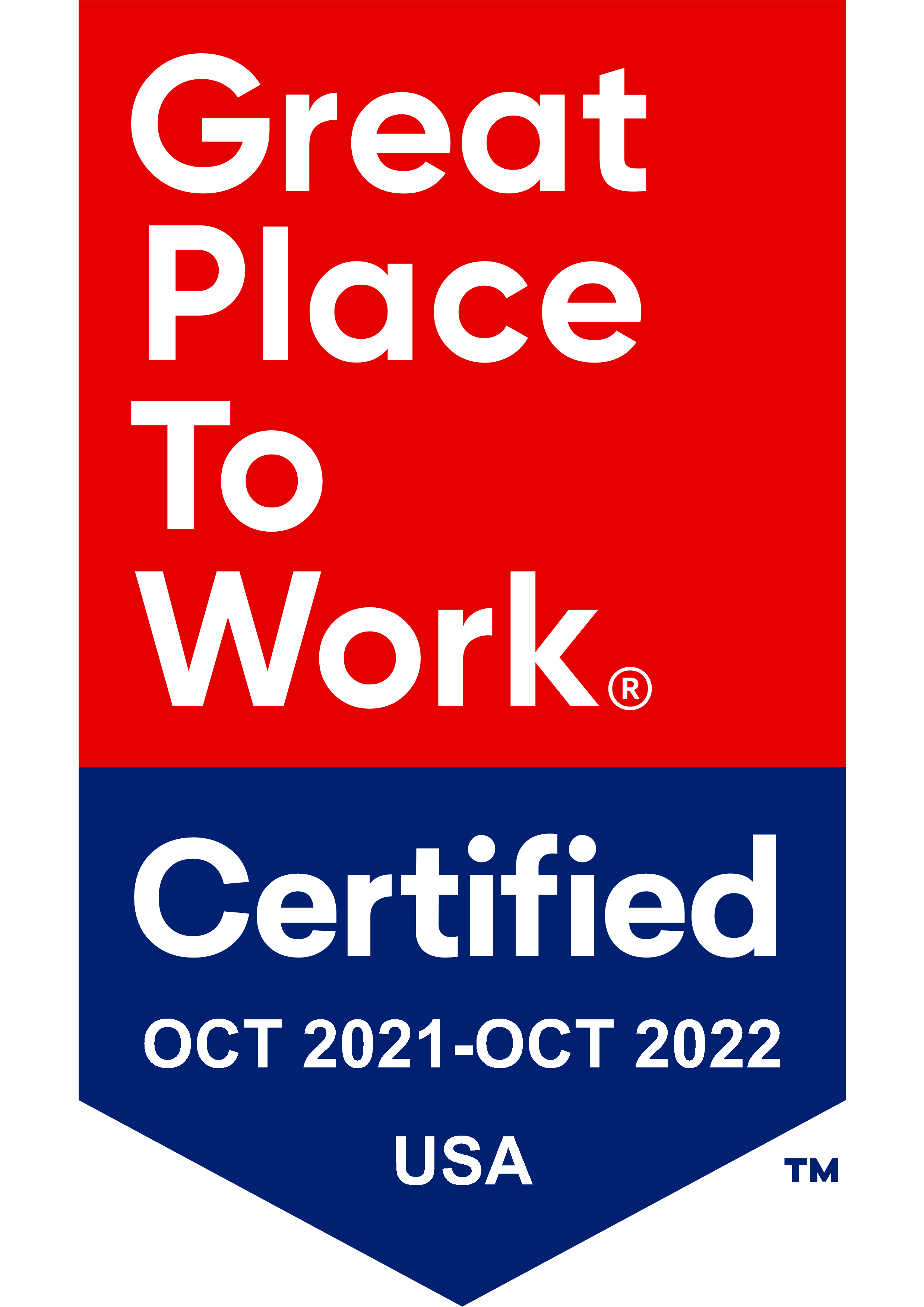 As much Trumpet both uses and programs workflow automation and for our clients, there are some "gotchas" that can cause automation to go off of the rails. Here are three ways to ensure the tools you use to increase productivity won’t rob you of it instead.
As much Trumpet both uses and programs workflow automation and for our clients, there are some "gotchas" that can cause automation to go off of the rails. Here are three ways to ensure the tools you use to increase productivity won’t rob you of it instead.
Automation that does not address the “real world”
When custodians initially rolled out an electronic signature for some of their account paperwork, the reaction from most RIAs was “it’s about time!” But after a few attempts at using the first iteration, many firms abandoned it. Why is that?
- Complex Usability - Turns out the original e-signature process was too cumbersome for clients to use. Clients either didn’t understand or didn’t know how to respond to challenging questions to verify their identity (e.g., which of these addresses have you lived at during your lifetime?)
- Too many processes - Because only a portion of custodial paperwork was originally permitted to accept e-signature, the e-signature process was only usable under specific circumstances. Most client service staff are all about speed and thoroughness. Given the choice to use their standard, known process vs. a new process that only worked in certain places was too much of a hassle.
- Not comprehensive - Initially, the e-signature process could only be used for custodial paperwork, not for other paperwork the firm itself required the client to sign (like investment agreements). That meant for new clients, the firm still had to send out their own paperwork to for signature another way.
Not seamless, not a time saver, and not a great client experience.
Key Takeaway - Before taking the leap into setting up an automated system or process, run it through a “real world” instead of an “ideal” scenario.
Automation that is high maintenance
Trumpet frequently gets calls to set up our Assemblage software to replace a variety of software applications RIA firms have purchased or developed on their own to automate client reporting.
Why are firms ditching other automated systems?
One of the primary reasons is because the existing software is too cumbersome to use.
The catch phrase most often used when describing the reporting system they want to replace is “we have to babysit the software.” As an example, in the system they intend to replace, the firm must set up a new report definition for every new client and adjust report definitions each quarter as a result of account changes. Talk about a hassle.
Now more than ever, firms want software that “just works.” So one of the key questions when purchasing software that includes workflow automation is “what is the development philosophy of the software application?”
For example, the Assemblage philosophy is to read into the software applications the RIA typically uses to automate the reporting process without:
- entering data into another software system
- having to worry about the impact of switching software applications (e.g., portals, CRM, portfolio management software)
Key Takeaways:
- Ask software providers about their development philosophy because it drives usability
- When selecting automation platforms, look for plug and play in terms of flexibility. If you need to switch out one application, what is the impact to the overall process?
- Once the system is set up, understand what it takes to maintain, not just use the system. Overall usability should be a huge factor in your final decision.
Buying new software this year? Check out our Technology Toolkit for RIAs. Click below.






